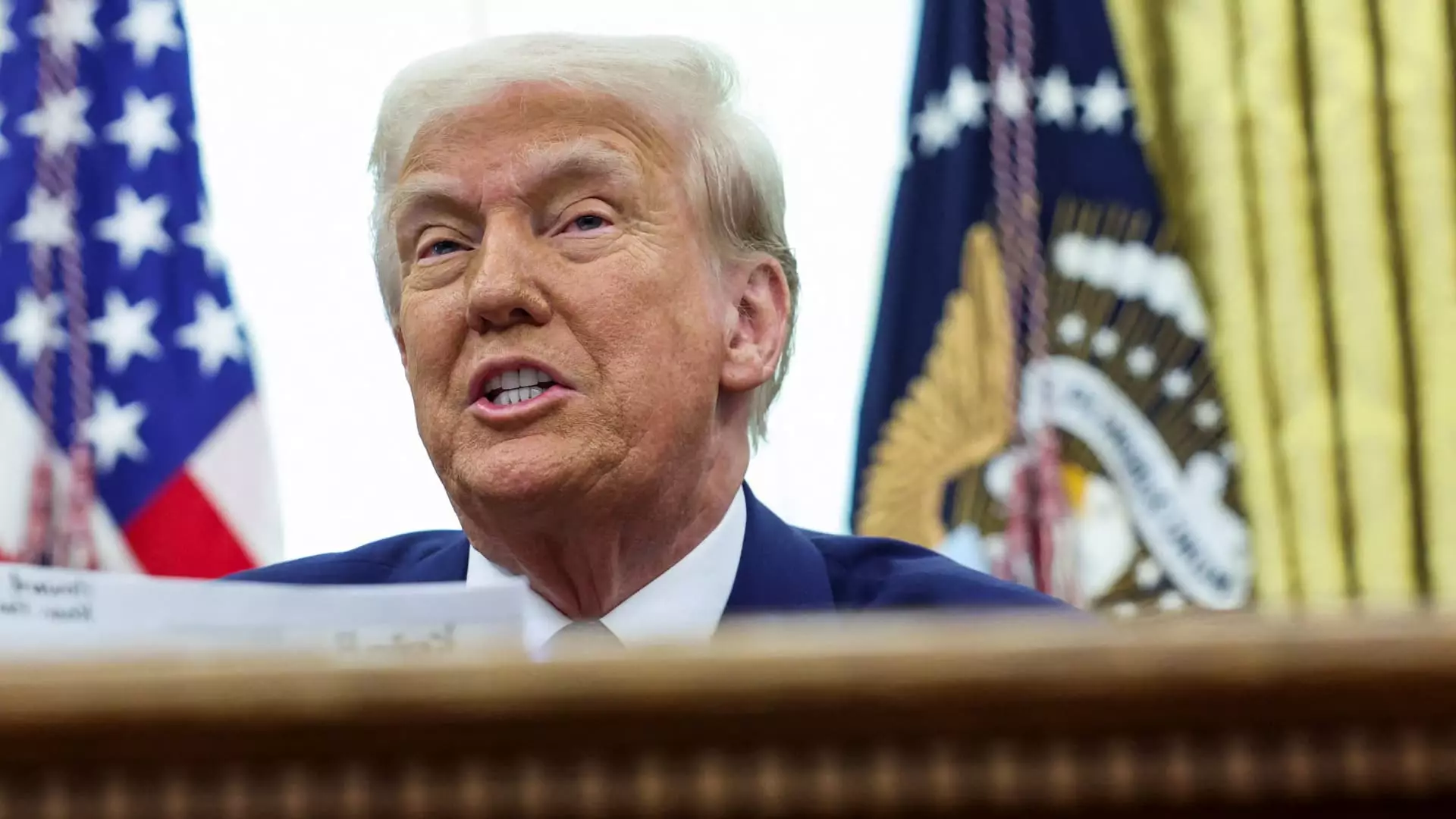In a surprising turn of events, defense stocks experienced a notable downturn after President Donald Trump hinted at the possibility of substantial cuts to military expenditure. The implications of his comments, which suggested a reduction in defense spending by as much as 50%, have sent ripples through the market, reflecting the stock prices of major defense contractors like Lockheed Martin, Northrop Grumman, and General Dynamics. As shares plummeted—Lockheed Martin by 1.5% and Northrop Grumman by 2.6%—investors were left to grapple with the impact of political discourse on their investments. Trump’s remarks came amid discussions about a potential conference addressing defense budgets with China and Russia, raising questions about the future of American military funding in a global context marked by increasing tensions.
The detrimental effect of Trump’s comments highlights a broader inconsistency in his approach to defense spending, which has oscillated between advocating for significant cuts and emphasizing the necessity of a robust military. Throughout his 2024 presidential campaign, Trump has frequently sent mixed signals regarding defense policy. For instance, while he actively seeks advice from technology moguls like Elon Musk and established initiatives such as the Department of Government Efficiency to scrutinize government expenditures, he simultaneously promotes an ambitious missile defense system dubbed the “Iron Dome of America.” This juxtaposition of advocating for cost-cutting while reinforcing military capabilities creates a confusing landscape for stakeholders in the defense sector.
Investment analysts, such as TD Cowen’s Roman Schweizer, have acknowledged the current state of confusion surrounding national defense spending, describing it as a scenario characterized by various conflicting messages. The stock market’s reaction to Trump’s comments underscores a lack of clarity in the direction of U.S. defense policy, which is further complicated by ongoing geopolitical conflicts like the war in Ukraine. With increasing demand for military equipment necessitated by such conflicts, the potential for budget cuts raises concerns about the sustainability of defense contractor revenues moving forward. These developments may lead not only to a reconsideration of how investors engage with defense stocks but also provoke questions about the long-term strategy of the U.S. military-industrial complex.
As the world anticipates the outcomes of Trump’s evolving stance on defense, it is imperative for both investors and military strategists to remain vigilant. The unpredictable nature of political discourse impacts not only stock prices but also the operational plans of defense contractors and the broader narrative surrounding U.S. military readiness. With the prospect of an evolving international landscape, the Congressional response to defense spending and budget allocations will be crucial in stabilizing both industry confidence and national security. In the light of ongoing tensions and the call for budgetary reevaluation, a comprehensive understanding of these dynamics will be critical for stakeholders looking to navigate the complexities of defense investments in the years to come.

